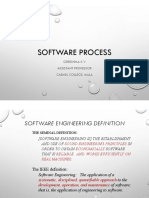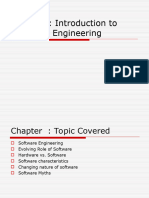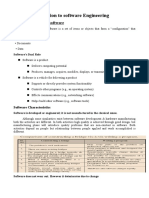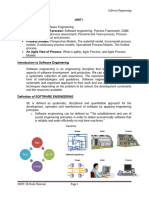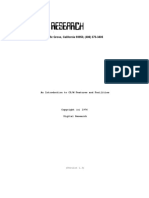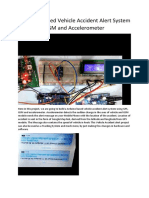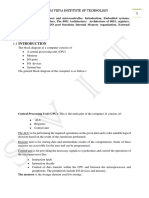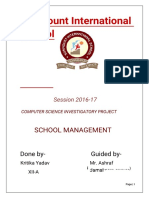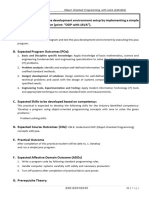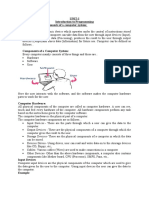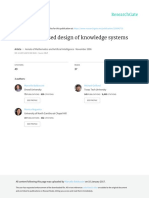0% found this document useful (0 votes)
50 views36 pagesSoftware Engineering - Unit 1
Software engineering involves developing high-quality computer software through processes, methods, and tools. It encompasses activities like requirements analysis, design, coding, testing, and support over the lifespan of the software. There are different software paradigms like imperative, object-oriented, functional, and logic that guide software development. If software is not developed carefully using engineering principles, it can result in a "software crisis" of poorly written, buggy code that takes too long to develop and doesn't meet requirements.
Uploaded by
soul killerCopyright
© © All Rights Reserved
We take content rights seriously. If you suspect this is your content, claim it here.
Available Formats
Download as PDF, TXT or read online on Scribd
0% found this document useful (0 votes)
50 views36 pagesSoftware Engineering - Unit 1
Software engineering involves developing high-quality computer software through processes, methods, and tools. It encompasses activities like requirements analysis, design, coding, testing, and support over the lifespan of the software. There are different software paradigms like imperative, object-oriented, functional, and logic that guide software development. If software is not developed carefully using engineering principles, it can result in a "software crisis" of poorly written, buggy code that takes too long to develop and doesn't meet requirements.
Uploaded by
soul killerCopyright
© © All Rights Reserved
We take content rights seriously. If you suspect this is your content, claim it here.
Available Formats
Download as PDF, TXT or read online on Scribd
/ 36













